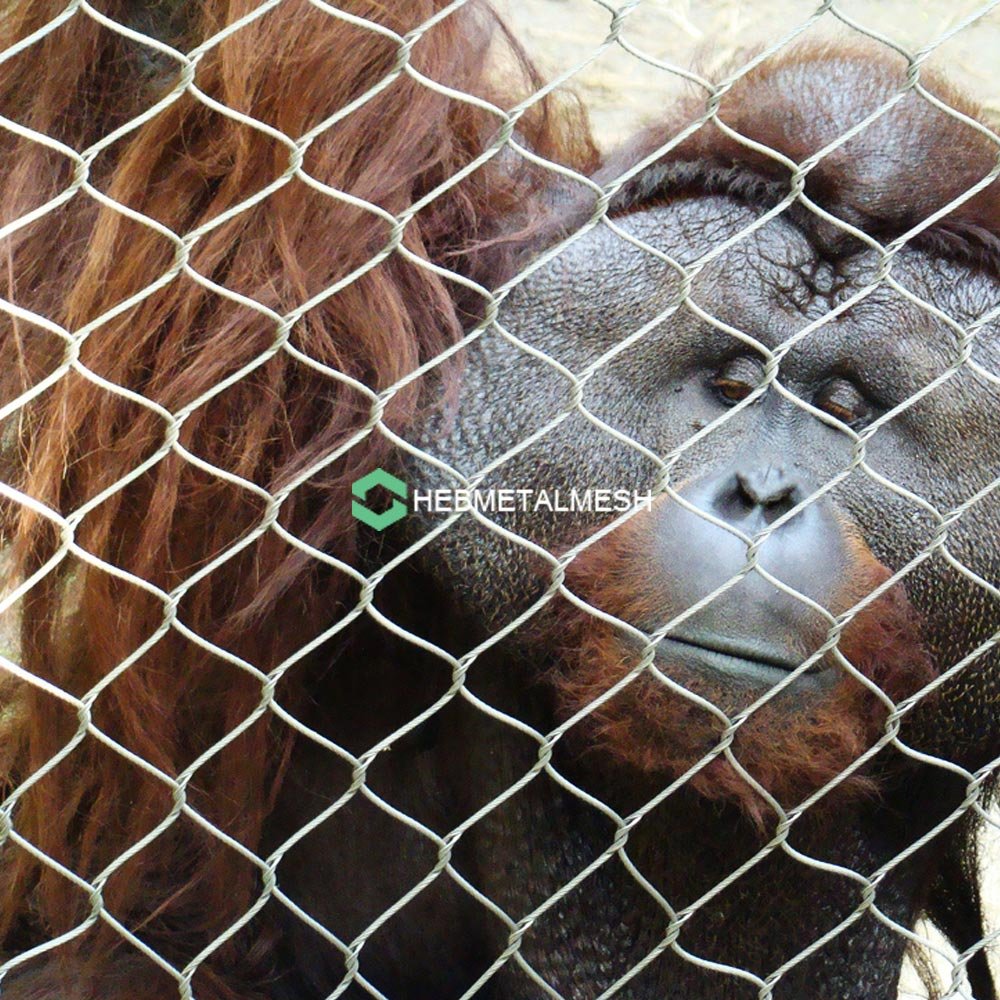Zoo fences are more than mere boundaries. They are critical components in the intricate ecosystem of a zoo, ensuring the safety of both animals and visitors.
However, maintaining these fences is not a simple task. It involves a complex interplay of factors, from material durability to animal behavior, and from legal regulations to aesthetic considerations.
This article delves into the challenges faced by zoos in ensuring their fences are secure, durable, and appropriate for various species. It also highlights the importance of regular inspections and maintenance.
Join us as we explore the world behind the fences, and understand the complexities involved in maintaining these essential structures.

The Importance of Zoo Fences in Animal Welfare and Public Safety
Zoo fences play a pivotal role in the containment and protection of animals within their habitats. They are designed to prevent animals from escaping, while also safeguarding them from potential threats.
Simultaneously, these fences deter unauthorized human access to animal enclosures. This dual function underscores their importance in ensuring public safety and animal welfare, making their maintenance a top priority for zoo administrators.
Material Durability and Weather Resistance
The materials used in constructing zoo fences must withstand various weather conditions and animal interactions. This requirement necessitates the use of durable, robust materials that can resist the wear and tear of daily exposure to the elements and animal activity.
However, the challenge lies in ensuring these materials do not harm the animals. Hence, the selection of non-toxic, environmentally friendly materials is increasingly important in zoo fence construction.
Designing Fences for Diverse Animal Behaviors
The design of zoo fences must consider the specific needs and behaviors of different animal species. For instance, fences for aviaries, aquatic enclosures, and large mammal habitats require customization to ensure the animals’ safety and well-being.
However, the challenge is to prevent animals from climbing, digging under, or breaking through the barriers. This requires a deep understanding of animal behavior and the integration of innovative solutions, such as vegetation and natural barriers, to complement physical fences.
Regular Inspections and Preventative Maintenance
Regular inspections are crucial to identify potential weaknesses or damages in the fencing structure. These inspections, coupled with preventative maintenance, ensure the longevity and effectiveness of the fences.
Moreover, technological advancements, such as surveillance systems, can aid in the monitoring of fence integrity. This proactive approach helps prevent animal escape incidents and ensures the safety of both animals and visitors.
Innovations in Wildlife Fencing Technology
Innovations in wildlife fencing aim to enhance the safety and well-being of zoo animals. These advancements include the use of non-toxic, environmentally friendly materials and the integration of vegetation and natural barriers.
Moreover, customization of fences for aviaries, aquatic enclosures, and large mammal habitats is necessary. These innovations reflect the ongoing research and development in the field of zoo fencing.
Legal and Ethical Considerations in Zoo Fence Construction
Legal regulations and standards must be adhered to in the construction and maintenance of zoo fences. These laws ensure the safety of both the animals and the visitors.
Ethical considerations also play a crucial role. Fences should not overly restrict animal movement or fail to mimic a natural environment.
The Aesthetic and Educational Role of Zoo Fences
Zoo fences should blend with natural habitats to enhance visitor experience. Their design should be aesthetically pleasing without compromising on safety.
Moreover, fences can serve as educational tools. Informational signage about the animals and their habitats can be integrated into the fence design.
Conclusion: Balancing Safety, Aesthetics, and Animal Welfare
Maintaining zoo fences is a complex task. It requires a balance between safety, aesthetics, and animal welfare.
In conclusion, the challenges are significant, but with careful planning and innovative solutions, they can be effectively managed.


